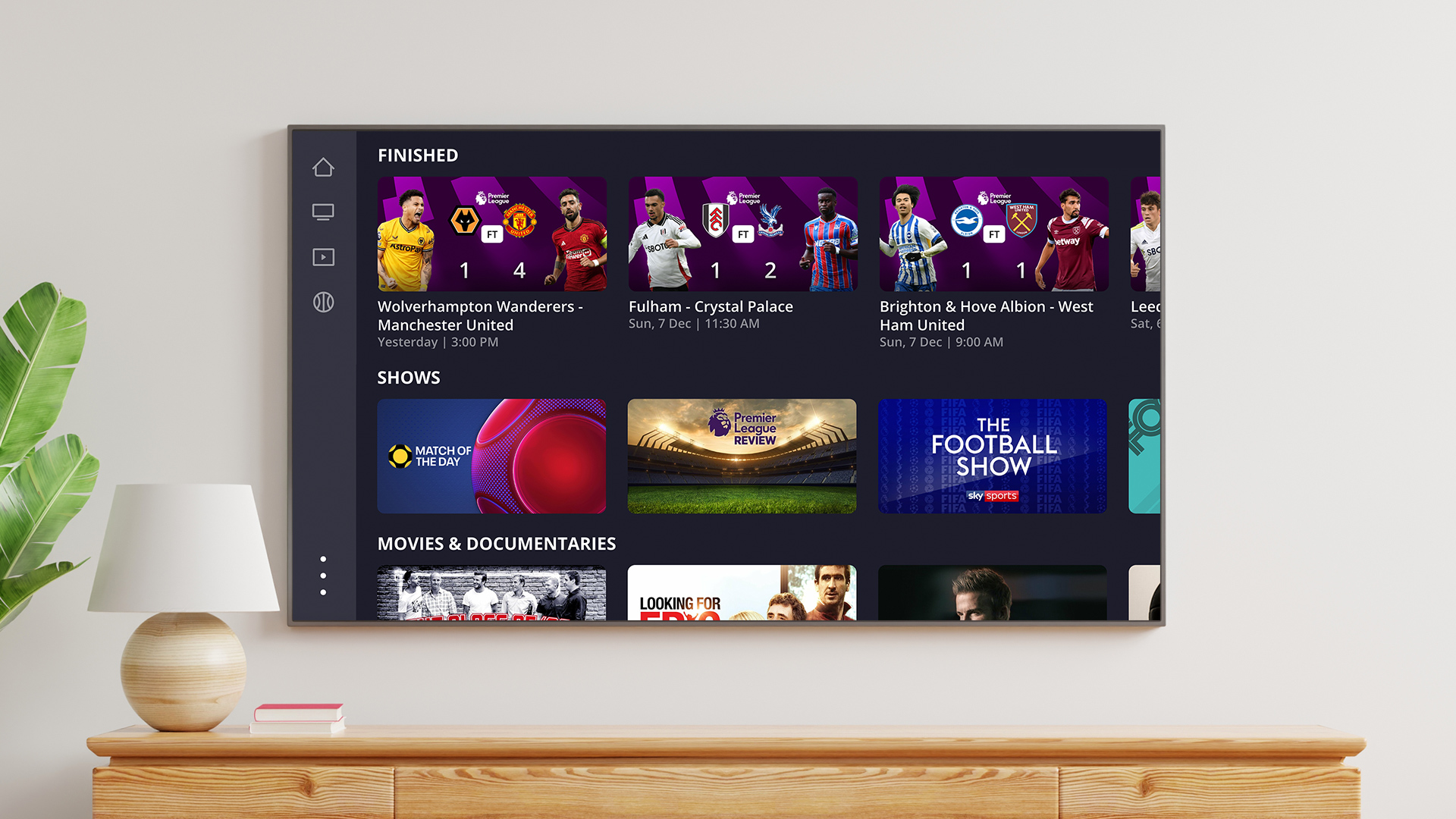TODAY’S NEWS IN THE STUDIO OF TOMMORROW
Toronto, Ontario, Canada – August 10, 2009 … Elegantly, the moderator steps aside – he can now be seen in full size. Next to him, an impressive image is developing, and, using the animated graphics, the moderator starts to explain in detail the landing of a lunar module. Picture and text blend effectively into a cohesive unit.
That is just one of the new features of the “green hell”, as the studio is jokingly called by ZDF employees. Only the three-winged moderator isle with an elegantly curved, wooden desk is real. The studio’s remaining 600 m² are dominated by an entirely green surface because of which the image projection can be integrated directly into the news show. Real news from a virtual room.
“The goal was to create a news show that would be even more vivid and that could illustrate the context of events even more clearly,” explained Wolfgang Wacker, ZDF’s Planning Engineer for the new studio. The dimensions of the old news studio were simply too small for this project and the required virtual technology, and it was not adequate from a technical point of view. The new news studio, the most modern studio in Germany, really consists of two studios: one large, with three cameras, two automated cameras and 200 spotlights (N1); the other smaller, with one automated camera, one studio camera, and 100 spotlights (N2). The automation provides for fast and precise camera movement that would be impossible with conventional cameras.
Unity of Audio and Video with Lawo technology
The audience is meant to experience the news from the virtual studio as though it were real. Two mc²90 consoles make a substantial contribution to that end. In order to enable the moderators to see what they are supposed to explain with an image, it is projected onto the green wall in front of or beside them using a beamer. The sound is also provided to the studio, but, due to the delay, not with speakers, but via In-Ear-Monitoring. Since all image data is supplied through computers, a considerable latency builds up. That would result in audio and video being out-of-sync. In the main control room, this latency is 80ms (for the monitoring of the studio sound), and 160ms at the show production. Specifically for cases like that, Lawo uses Matrix-DSP-Cards on which delay settings can be defined. Since the cards provide up to 600 ms delay, the requirements of the new studio technology don’t pose a problem for the mc² consoles. “This delay performance of the Lawo consoles was one of the reasons that tipped the balance in favor of Lawo,” Wacker concluded.
As requested by the ZDF, four external bay servers are also used. One bay consists of eight channel strips and has its own TFT monitor. The graphical user interface (GUI) and the channel display are shown on the TFT monitor in the central control section as well. Those monitors can be used for more than one application. Using KVM switches, it is possible, for example, to show the internal GUI display and the channel display or external content. The advantage is that less devices and monitors are required in the studio, increasing clarity and flexibility of the facility. The one mc²90 offers 56 faders, one router with 8000 crosspoints, and 288 DSP channels. In the event of an accident, a fully redundant DSP card with 48 channels will step in immediately. The second mc²90 resembles the first in every aspect, except that it has 40 faders. Both are linked and can use the same signals for processing, so that a switch from control room 1 to control room 2 is possible at any time.
Another special feature is the Video-follows-Audio function integrated in both mc²90 consoles. This function was a requirement of the ZDF that Lawo implemented successfully. Since the cameras are controlled through the audio consoles via GPI, it is now possible to produce the night time news without personnel at the monitors.
The professional video industry's #1 source for news, trends and product and tech information. Sign up below.
“During the course of the project we encountered numerous challenges that were overcome by the joint effort of ZDF and Lawo,” explained Wacker, who praised the successful conclusion of the mammoth project. The first show was broadcasted on July 17th 2009 without any issues. Starting in fall, the ZDF shows blickpunkt, Mittagsmagazin, ZDF Wochenjournal and the kids news show logo! will be broadcasted from the new studio.
About Lawo
Lawo is a manufacturer of digital audio networking systems and consoles for a wide range of applications from small to large scale audio production in television and radio, post production, and live sound. Established in the 1970s, the company’s manufacturing center is located in the Rhine valley town of Rastatt, Germany. For additional information on all Lawo products, visit the company online at www.lawo.ca.
###
Photo info: Image of ZDF’s SCR N1 with the Lawo mc²90 console.
